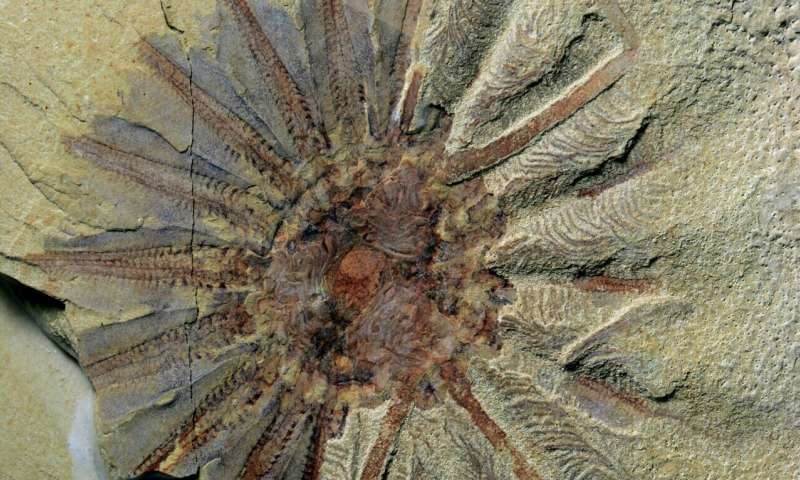Of interest, given the recent release of Michael Behe's new book, Darwin Devolves, is the following statement:
The study shows how comb jellies evolved from ancestors with an organic skeleton, which some still possessed and swam with during the Cambrian. Their combs evolved from tentacles in polyp-like ancestors that were attached to the seafloor. Their mouths then expanded into balloon-like spheres while their original body reduced in size so that the tentacles that used to surround the mouth now emerges from the back-end of the animal.So, to get a modern-day comb jelly, the organic skeleton has to be lost. Is this progress?
"With such body transformations, I think we have some of the answers to understand why comb jellies are so hard to figure out. It explains why they have lost so many genes and possess a morphology that we see in other animals," added co-author Dr. Luke Parry.
And what about the "[loss] of so many genes"? Is this evolution, or devolution?
The PR also says this:
Several amazingly preserved fossils have been unearthed from outcrops scattered among rice fields and farmlands in this part of tropical China in the last three decades.So, were the "fine feather-like branches" also 'lost'?
It has been named Daihua after the Dai tribe in Yunnan and the Mandarin word for flower 'Hua', a cup-shaped organism with 18 tentacles surrounding its mouth. On the tentacles are fine feather-like branches with rows of large ciliary hairs preserved.
So much evidence already points towards Behe's "First Rule of Adaptation," and this only adds further evidence substantiating Nature's progression.




Comment: That's kind of a problem for Darwinism isn't it? What is known so far is that anything resembling Darwinian evolution involves loss of a function or genes. See also: